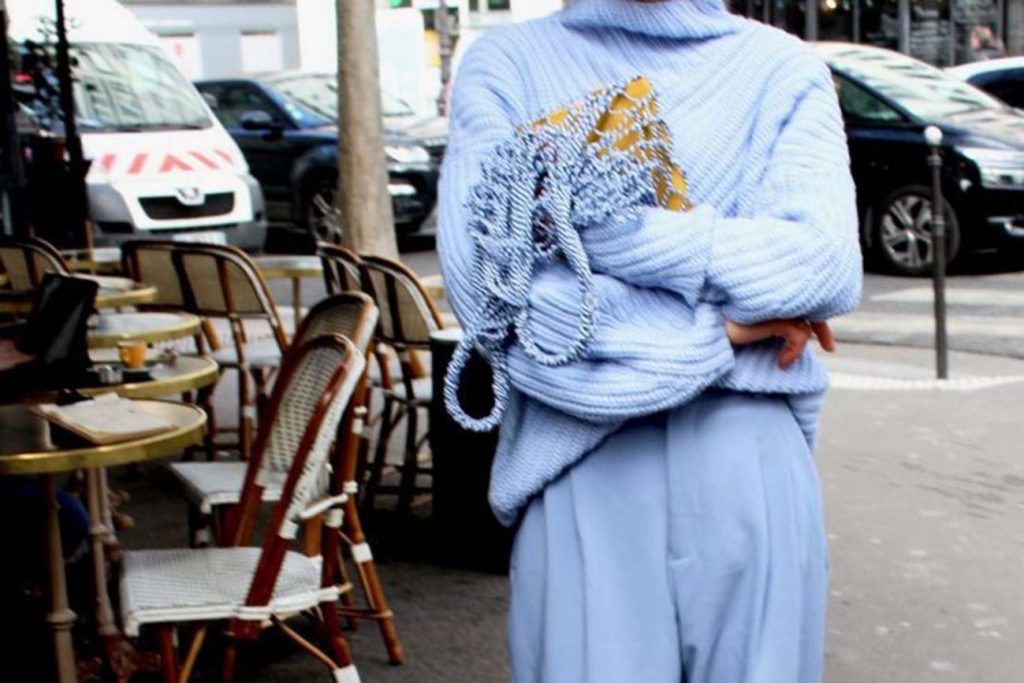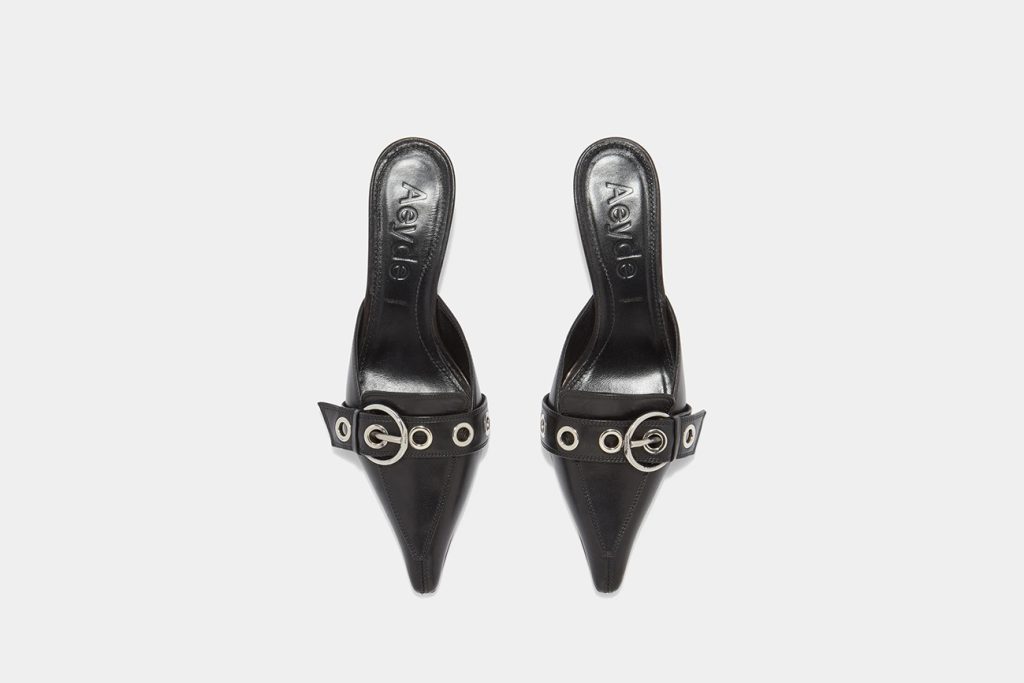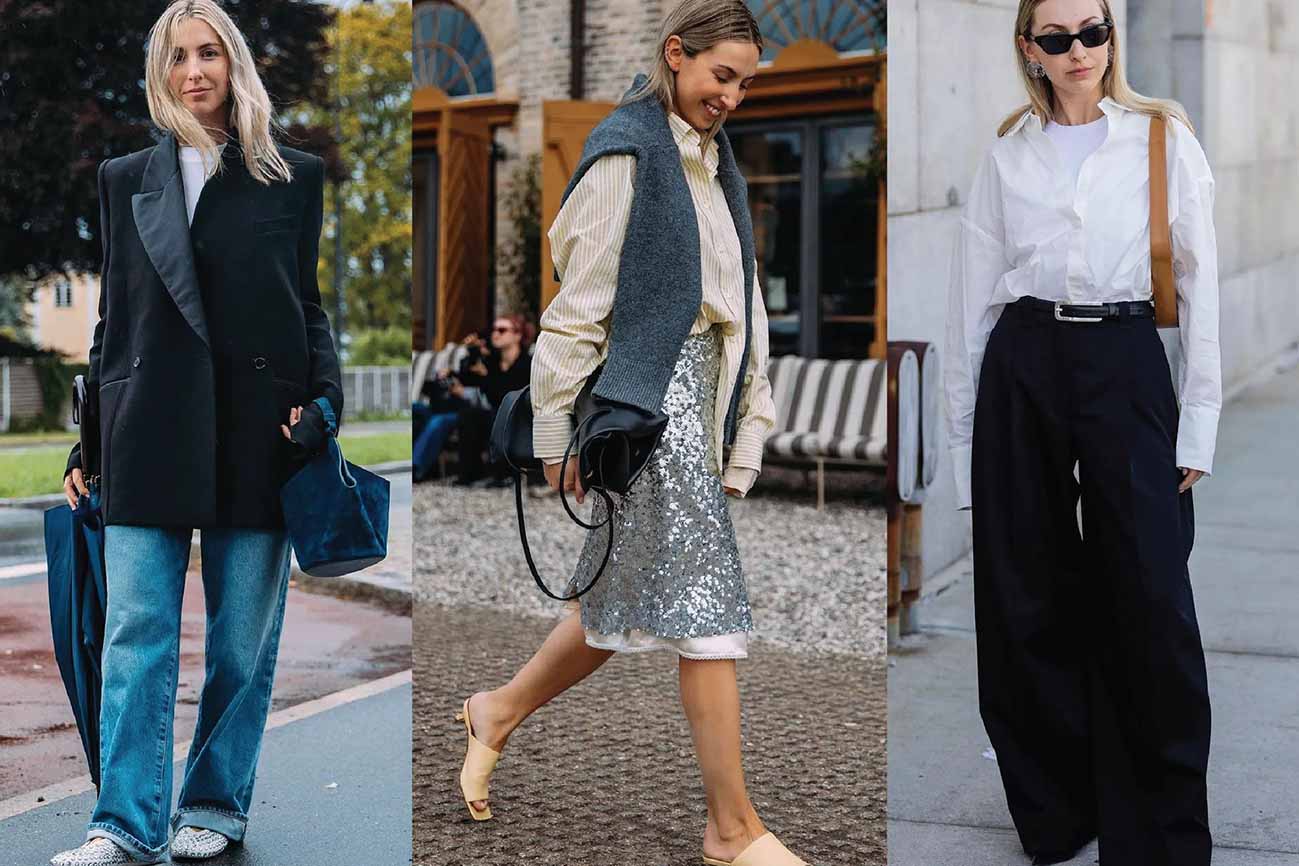We all know the routine. A new season arrives, and suddenly your feed is flooded with what’s in and what’s out. You’re told to toss last month’s oversized blazer in favor of boxy bombers. Yesterday’s “it” jeans are today’s fashion faux pas. Sound familiar?
But here’s the truth: chasing trends won’t elevate your style—understanding silhouette and line will.
The most effortlessly stylish people aren’t necessarily dressed in what’s hot. They’re dressed in what flows. What elongates. What defines. They understand the architecture of clothing, the way a cut or drape creates visual direction. And once you learn to work with line, your wardrobe starts doing the heavy lifting.
This is your guide to understanding, embracing, and mastering “line”—the silent force behind truly elevated dressing.
What Do We Mean by “Line”?
In fashion, line isn’t just a design term—it’s how the eye moves across the body.
Think of it this way: clothing can slice, stretch, sculpt, or soften your frame depending on how it’s cut and how it hangs. The line of a garment can:
Lead the eye upward or downward (creating height),
Emphasize or soften shape (like the shoulder or waist),
Or create movement (fluidity vs. structure).
Style that looks “expensive” or “put together” often has one thing in common: deliberate, flattering lines.
The Vertical Advantage
Vertical lines are your best friend when you want to create elegance and length. They stretch the silhouette, guiding the eye smoothly from top to toe.
Here’s how to introduce more verticality into your looks:
1. Longline Tailoring
A long coat or blazer instantly elevates an outfit, even over the simplest jeans and tee. Look for coats from The Row, whose Ardell wool coat is the definition of understated length. Totême’s Annecy coat also offers lean, fluid structure in neutral tones that complement everything.
2. High-Waisted Bottoms
High-waisted trousers extend the leg line—even more so when paired with a tucked-in top. Opt for soft pleating or center seams to subtly reinforce the vertical. Tibi’s Sid jeans and COS’s wide-leg tailored pants both offer this effect with polish.
3. Monochrome Dressing
Wearing one tone from head to toe eliminates visual breaks. You’ll look taller, more put-together, and yes—more expensive. Even tonal dressing (light beige with cream, for instance) will enhance that vertical illusion.

The Power of Directional Seams
Often overlooked, seam placement is a powerful styling tool. Side seams that curve inward create waist definition. Center seams down the front of pants or skirts pull the eye downward. Shoulder seams that drop slightly can soften a structured upper body.
Pay attention to the stitching details on pieces from Lemaire or Studio Nicholson—they specialize in architectural clothing that’s deceptively simple but expertly sculpted through seam work.
Soft Lines vs. Sharp Lines
Understanding the contrast between soft and sharp lines is crucial. Each creates a different visual message.
Sharp Lines: Think strong shoulders, crisp collars, tailored lapels, and pleats. These create structure, formality, and presence.
Soft Lines: Curved hemlines, dolman sleeves, draped fabrics. These evoke fluidity, effortlessness, and approachability.
Want to strike a balance? Mix them. Try pairing a structured blazer from Frankie Shop with a silk slip skirt from Vince. Or layer a crisp shirt under a soft knit vest. That interplay creates depth.
Fabrics That Follow the Line
The material matters. Some fabrics hold a shape and reinforce the cut; others soften and blur it. Knowing when to use each is key.
To enhance clean lines, choose:
Wool twill
Cotton poplin
Technical crepe
Crisp linen
To soften and drape, try:
Silk satin
Modal
Bamboo jersey
Lightweight knits
Low Classic is a go-to for structural yet minimal silhouettes in firm fabrics, while Nanushka excels in vegan leather and soft tailoring that adds movement.
Hemlines and Silhouettes
Your choice of hemline affects not just proportion, but movement. A cropped top paired with high-waisted pants creates an instant visual cinch at the waist. A midi-length skirt skimming just past the knee offers elegance and fluidity.
Try a Khaite pleated midi with a tucked-in top for a sculpted hourglass feel, or Arket’s structured A-line skirt for modern lines without rigidity.
Don’t be afraid to play with asymmetry either. A wrap dress with a diagonal hem or a one-shoulder blouse adds motion and keeps the eye curious.
Shoes: The Final Line
Shoes are not just accessories. They’re the grounding end point of your outfit’s vertical flow.
Pointed-toe flats or heels extend the leg line. Look into Aeyde’s pointed mules or By Far’s heeled boots.
Slingbacks and barely-there sandals like those from Staud or Neous create minimal breaks, enhancing length.
Even boots with a curved shaft or V-front elongate visually.
Avoid chunky ankle cuts that visually “cut” the line—unless that’s the bold contrast you’re aiming for.

The Line Between You and the Trend
Chasing trends often leads to clutter. Mastering line, however, allows you to elevate everything you wear—no matter where you shop.
A blazer from Massimo Dutti, if it fits right and falls perfectly, can look more luxurious than a poorly tailored designer jacket. A $50 pair of trousers with a clean front crease can outshine trendy cargos in any boardroom or dinner date.
Style isn’t about what you wear—it’s about how it flows on you.
Try This: A Mini Line-Focused Closet Edit
Pick five pieces in your closet that feel “off.” Ask: Is it the color—or the shape?
Take a side photo in profile. Are the garments flowing smoothly, or breaking at awkward points?
Identify your strongest line zone: Is it your waist? Your shoulders? Your legs?
Build from there: Curate pieces that highlight that area with clean, intentional lines.
You’ll start noticing an immediate transformation—not just in how you look, but in how finished you feel.
Flow Over Flash
Great style doesn’t shout. It moves. It leads the eye, shapes the body, and speaks with quiet conviction. Once you start designing your outfits with line in mind, everything changes. Suddenly, you’re not just dressed—you’re composed.
So next time you scroll past another “hot trend alert,” pause. Consider instead:
What line do I want to create? What energy do I want to carry?
That’s not just style—it’s presence.



